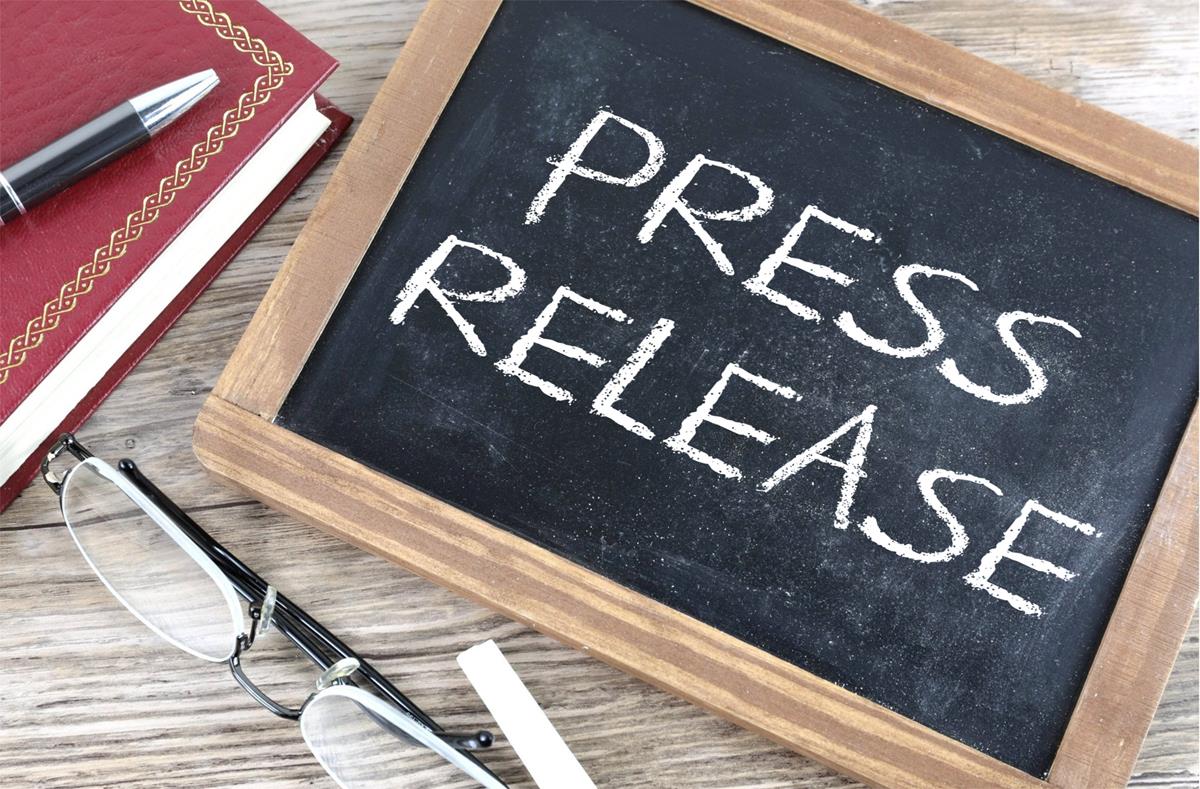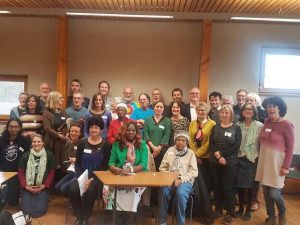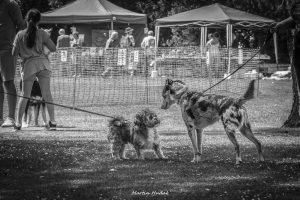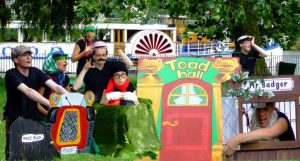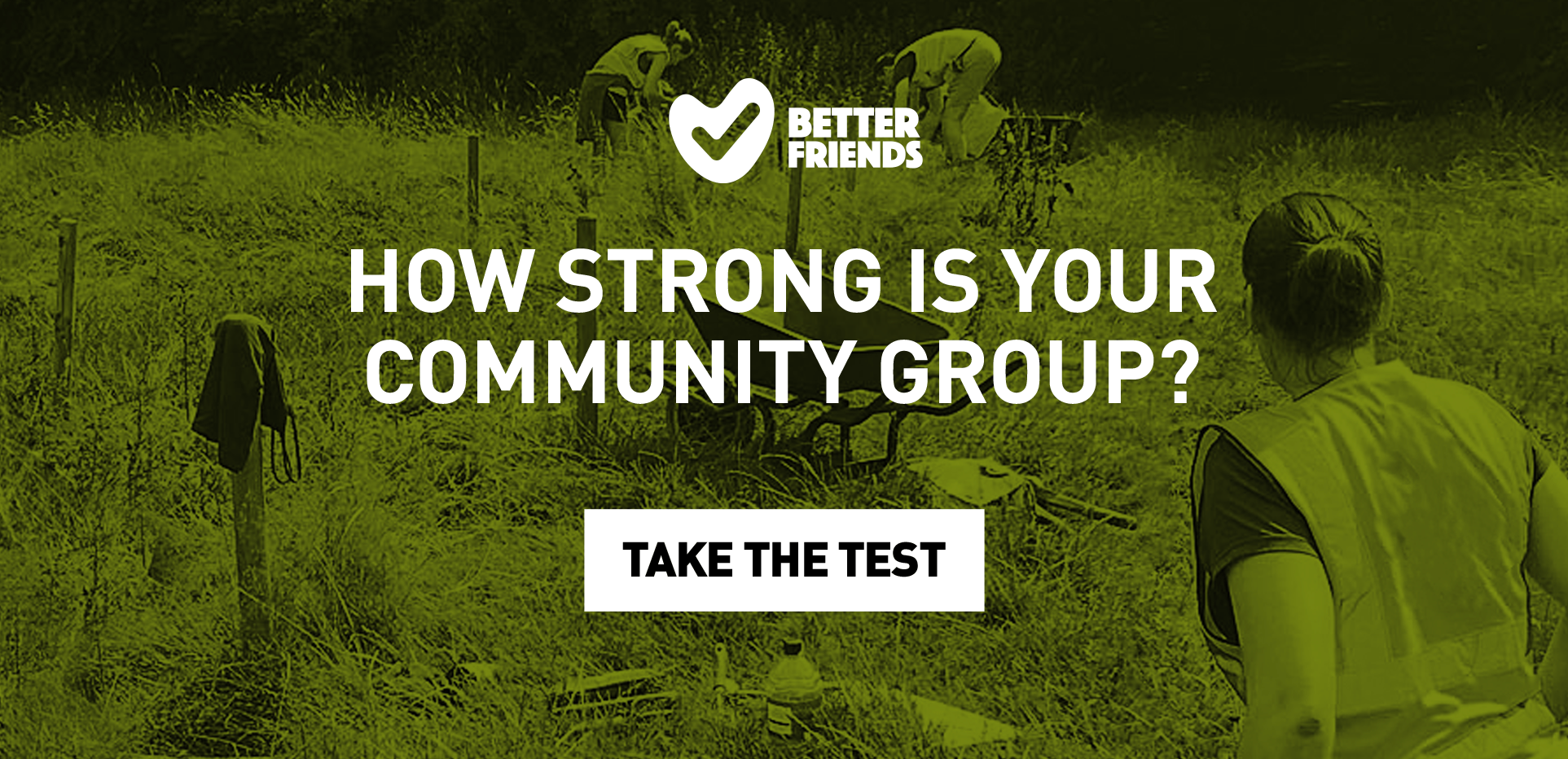Community park groups rarely have to carry out promotion work on a big scale but being able to create a poster or write a press release, advertise an event or activity, provide a leaflet to inform people about your group or write a newsletter to communicate to your group members, are useful skills.
The most important thing to remember when contacting the media generally is to make life easy for them. Anticipate the information they want and do your homework on who is the right person to contact and when is the right time to contact them.
A journalist with an opportunity for an ‘easy story’ is more likely to give you their time.
It is not worth sending out blanket e-mails to every newspaper and radio station in the country. The only ones interested in you are those that cover your area and there is no point in irritating others with lazy targeting.
Find out contact details for the local press such as local newspapers or radio stations. Contacting the editorial department in a newspaper or the newsroom in a radio station is normally best.
Once you have made contact, check to see if there is a specific reporter or journalist who would normally cover your area of interest.
Do some research. Listen to or read reports in the local press, find out what sorts of stories are covered by each media outlet in your local area. Is your story something they will be interested in?
Ask your press contact whether they prefer to receive press releases by e-mail, post or fax.
If you have any supporting material to accompany your press release, send a copy so they can use it if they chose.
Some people send their own photos to newspapers but subject to their diary commitments, most newspapers prefer to send their own photographer. You need to offer a photo opportunity and give dates and times when photographers can attend.
If you promise to send something by a certain time, make an effort to do it.
Finally, make sure you keep a record of which journalists and publications followed up your release. You may have found an ally for the future.
Press Releases
- Always use headed paper or paper that states PRESS RELEASE or NEWS RELEASE at the top;
- Always state when it is to be released, eg “for immediate release”, “release after (insert date)”;
- If you specify when it is to be released, state the time, day and date clearly;
- Use 1.5 or double line spacing – this allows the editor/journalist to make notes and write instructions in between the lines;
- Use A4 paper, single sided;
- Never split a sentence over two pages;
- Provide a simple reference at the top of the release, anything relating to your story will do. This will act as a point of reference if the pages become separated;
- Date your press release with the date it was written in the top right corner;
- Mark the bottom of the page “continues” if it goes onto a new sheet;
- Number the pages (eg 1 of 3, etc) – it helps the journalist keep the pages in order;
- Mark the end of the story “ENDS” so that it is clear to the journalist where the text finishes;
- Provide contact details with telephone numbers for two people. These must be people who are able to talk about the story in question; Get their permission to be contacted before you give out their details;
- If there are any technical terms or issues that need explanation or if you feel the need to provide some more background information, put these in “Notes to the Editor”;
- Details of photo opportunities should go in “Notes to Picture Editor”. This section should always specify a time and place (be accurate – give a grid reference if need be) and a short description of what will be photographed;
- Remember that your story must be educating or entertaining and not a free advert or promotion. It must have news value;
- Read the publication to which you are sending your press release or article to get an idea of their ‘house style’;
- Remember what makes news – disasters, people, rarity.
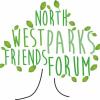
Reproduced with permission of North West Parks Friends Forum

